Conserving Habitats, Conserving Species: Focusing on Ecosystems
In today’s rapidly changing world, the phrase "conserving habitats, conserving species" resonates more than ever. Have you ever stopped to think about the intricate web of life that surrounds us? Every living organism, from the tiniest microbe to the largest mammal, plays a vital role in maintaining the balance of our ecosystems. But what happens when we disrupt this balance? The consequences can be dire, not just for wildlife, but also for humanity. This article delves into the importance of habitat conservation, revealing how interconnected ecosystems are and why we must adopt sustainable practices to preserve biodiversity.
Ecosystems are the heart of our planet, providing us with essential services that we often take for granted. Think about it: clean air to breathe, fresh water to drink, and fertile soil to grow our food. These are just a few of the countless benefits that healthy ecosystems offer. They also play a crucial role in pollination, which is vital for food production, and climate regulation, helping to mitigate the impacts of climate change. Understanding the value of these ecosystems is not just a scientific endeavor; it’s a call to action for effective conservation efforts aimed at preserving the rich tapestry of life that exists on Earth.
However, the threats to our natural habitats are mounting. Human activities such as deforestation, pollution, and urbanization are wreaking havoc on the environments we rely on. Have you ever considered how your daily choices impact the planet? From the plastic you use to the energy you consume, every action counts. Identifying these threats is the first step in developing strategies to mitigate their impact on ecosystems. By recognizing the urgency of these issues, we can work towards solutions that not only protect wildlife but also enhance our own quality of life.
One of the most pressing issues we face today is climate change. As global temperatures rise, habitats are altered, leading to shifts in species distribution and survival. For instance, many animals are forced to migrate to cooler areas, disrupting existing ecosystems and leading to competition for limited resources. This isn’t just a problem for the animals; it affects us all. The degradation of habitats due to climate change can lead to irreversible damage, threatening the survival of numerous species and the health of entire ecosystems. It’s a wake-up call that we cannot afford to ignore.
Pollution is another significant threat to habitats and species. The impact of plastic waste and harmful chemicals is staggering. Just imagine walking through a beautiful forest, only to find it littered with plastic bottles and bags. It not only ruins the aesthetic but also harms the wildlife that call that habitat home. Addressing pollution is essential for restoring ecosystem health and protecting biodiversity. We must take responsibility for our waste and strive to minimize our environmental footprint.
So, what can be done to combat these threats? Implementing effective conservation strategies is crucial for preserving habitats. One of the key strategies is establishing protected areas. These regions serve as safe havens for vulnerable species, allowing them to thrive without the pressures of human encroachment. Additionally, engaging local communities in conservation efforts fosters a sense of stewardship and encourages sustainable practices. When people feel connected to their environment, they are more likely to protect it.
In conclusion, conserving habitats is not just about saving animals; it’s about ensuring a healthy planet for future generations. By understanding the importance of ecosystems, recognizing the threats they face, and implementing effective conservation strategies, we can make a difference. It’s time to take action and be the change we want to see in the world. Together, we can create a sustainable future where both nature and humanity can thrive.
- What are ecosystems? Ecosystems are communities of living organisms interacting with their physical environment, including plants, animals, and microorganisms.
- Why is habitat conservation important? Habitat conservation is crucial because it helps protect biodiversity, ensuring that various species can survive and thrive.
- What are some threats to habitats? Major threats include deforestation, pollution, climate change, and urbanization.
- How can I help with conservation efforts? You can help by reducing waste, supporting local conservation initiatives, and educating others about the importance of habitats.
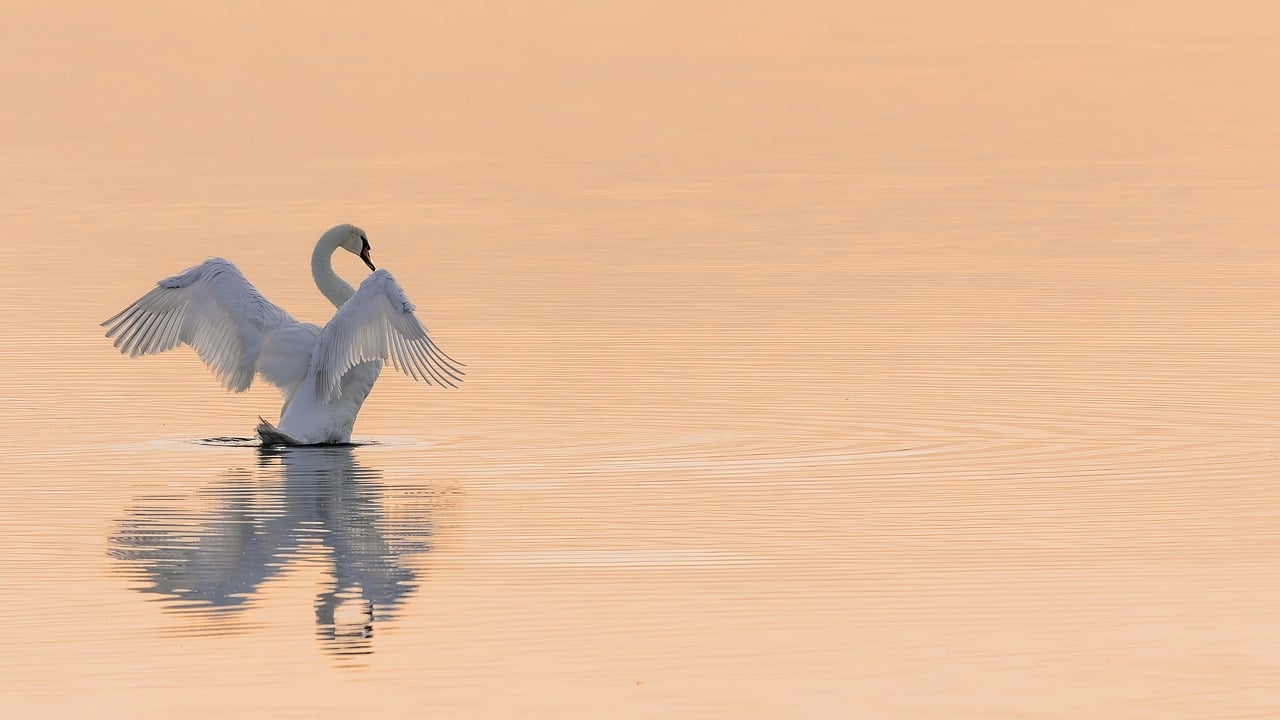
The Importance of Ecosystems
This article explores the importance of habitat conservation for species survival, highlighting the interconnectedness of ecosystems and the urgent need for sustainable practices to maintain biodiversity.
Ecosystems are the intricate webs of life that encompass all living organisms and their physical environments. They are not just a backdrop to the natural world; they are the very foundation of our survival. Imagine an orchestra where every instrument plays a vital role in creating a harmonious melody. Similarly, ecosystems provide essential services that are crucial for our well-being and the health of the planet. These services include clean air and water, pollination of crops, climate regulation, and nutrient cycling. Without these fundamental processes, life as we know it would face dire consequences.
Understanding the value of ecosystems is crucial for effective conservation efforts aimed at preserving biodiversity. For instance, forests act as the lungs of our planet, absorbing carbon dioxide and releasing oxygen. Wetlands serve as natural water filters, trapping pollutants and providing habitat for countless species. The loss of even a single ecosystem can have a cascading effect, leading to the decline of species that rely on it for survival. Therefore, recognizing the interconnectedness of ecosystems is paramount in our quest to protect the planet.
Moreover, ecosystems also contribute to our economy. They support industries such as agriculture, fisheries, and tourism, which rely on the sustainability of natural resources. A healthy ecosystem can increase resilience against natural disasters, thereby reducing economic losses. To put it simply, investing in ecosystem conservation is not just an environmental imperative; it's also a smart economic strategy.
Here’s a quick look at some of the essential services provided by ecosystems:
- Clean Air: Trees and plants absorb pollutants and produce oxygen.
- Water Filtration: Wetlands and forests filter contaminants from water sources.
- Pollination: Many crops depend on bees and other pollinators, which thrive in diverse ecosystems.
- Climate Regulation: Ecosystems help stabilize the climate by sequestering carbon.
In conclusion, the importance of ecosystems cannot be overstated. They are vital for our survival, our economy, and the overall health of the planet. As we face growing environmental challenges, understanding and valuing these systems becomes increasingly crucial. By prioritizing ecosystem conservation, we can ensure a sustainable future for generations to come.
Q: What are ecosystems?
A: Ecosystems are communities of living organisms interacting with their physical environment, including plants, animals, and microorganisms.
Q: Why are ecosystems important?
A: Ecosystems provide essential services such as clean air and water, pollination, and climate regulation, which are crucial for human survival and economic stability.
Q: How can I help conserve ecosystems?
A: You can help by supporting local conservation efforts, reducing waste, using sustainable products, and educating others about the importance of ecosystems.
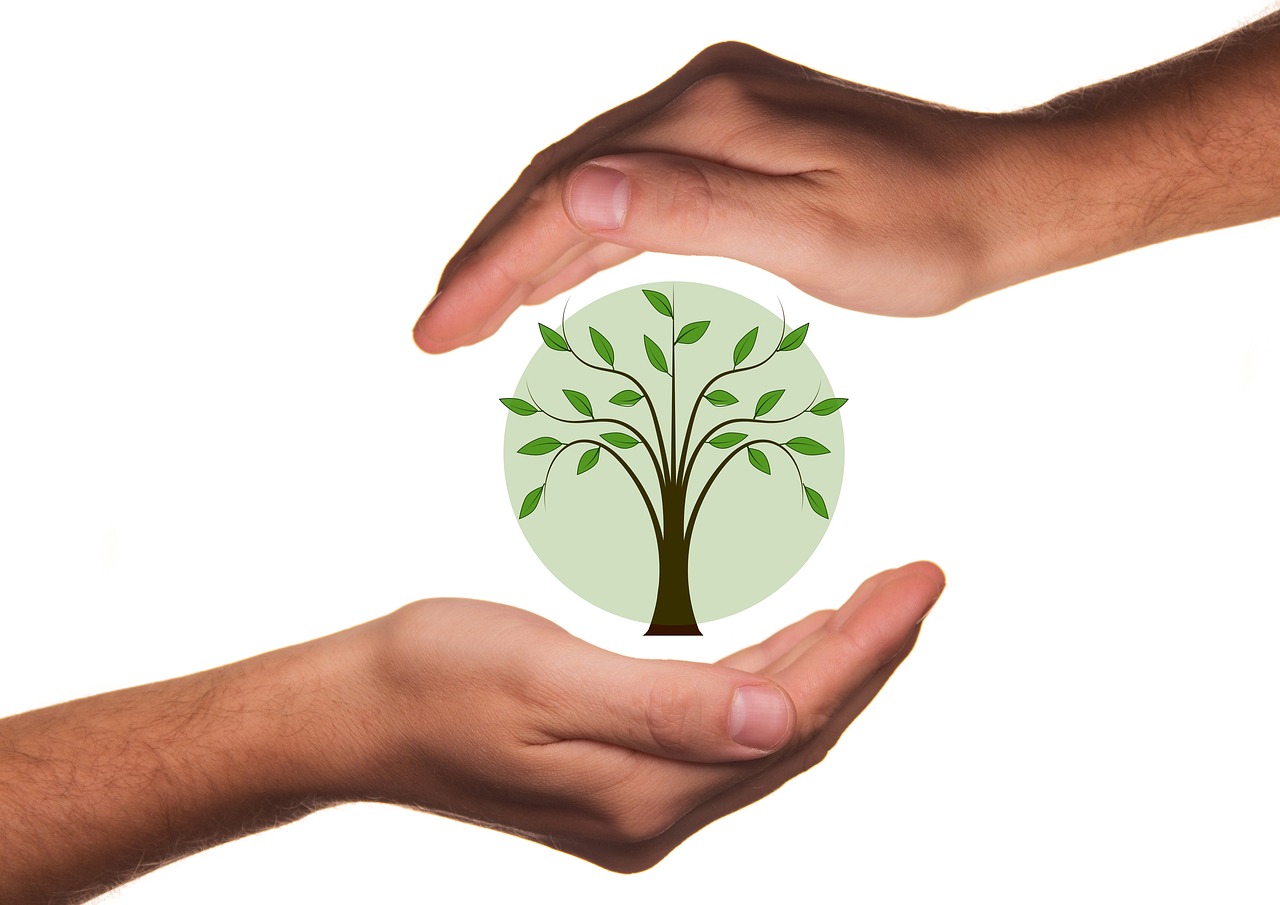
Threats to Habitats
The survival of countless species is intricately tied to the health of their habitats, yet these natural spaces face an array of threats that jeopardize their existence. One of the most pressing concerns today is the impact of human activities on the environment. Deforestation, pollution, and urbanization are just a few of the culprits wreaking havoc on ecosystems worldwide. Each of these factors contributes to habitat degradation, which in turn affects biodiversity and the delicate balance of life.
To illustrate the severity of these threats, let's take a closer look at some of the major human-induced factors that pose risks to habitats:
- Deforestation: The clearing of forests for agriculture, logging, and urban expansion results in the loss of vital habitats. Trees are not just a source of timber; they are essential for numerous species that rely on them for food and shelter.
- Pollution: From plastic waste choking our oceans to toxic chemicals leaching into soil and waterways, pollution poses a significant threat to habitat integrity. Wildlife often suffers from exposure to these harmful substances, leading to health issues and population declines.
- Urbanization: As cities expand, natural habitats are fragmented and destroyed. This encroachment disrupts the natural migration patterns of species and isolates populations, making it difficult for them to survive and reproduce.
Understanding these threats is crucial for developing effective conservation strategies. For instance, the impact of climate change is increasingly evident as rising temperatures and shifting weather patterns alter habitats. Species that once thrived in specific environments may find themselves struggling to adapt. This shifting landscape can lead to competition for resources, pushing some species to the brink of extinction.
Climate change is perhaps the most daunting challenge facing our ecosystems today. As temperatures rise, many species are forced to migrate to cooler areas, drastically altering their natural habitats. This shift can lead to a cascade of effects within ecosystems, resulting in increased competition for limited resources such as food and water. The delicate balance that once existed can be disrupted, leading to unforeseen consequences for both flora and fauna.
As species migrate in search of suitable conditions, they may encounter new competitors or predators that they are not equipped to handle. For example, a species that has thrived in a specific region for centuries may find itself outmatched by an invasive species that takes advantage of the changing climate. This not only threatens the native species but can also lead to significant shifts in the ecosystem's structure.
Moreover, the degradation of habitats due to climate change can lead to irreversible damage. Wetlands, forests, and coral reefs are just a few ecosystems that are highly sensitive to temperature changes. The loss of these habitats threatens the survival of numerous species and the overall health of the ecosystem. As these environments deteriorate, the services they provide—such as clean air and water—are compromised, creating a ripple effect that impacts all life forms.
Pollution, including plastic waste and harmful chemicals, severely impacts habitats and species. For instance, marine life is particularly vulnerable to plastic pollution, which can result in ingestion or entanglement. Addressing pollution is essential for restoring ecosystem health and protecting biodiversity. Without concerted efforts to reduce waste and promote sustainable practices, we risk further endangering the very habitats that support life on Earth.
Q1: What are the main threats to habitats?
A1: The primary threats to habitats include deforestation, pollution, urbanization, and climate change. Each of these factors contributes to habitat degradation and poses risks to biodiversity.
Q2: How does climate change affect species migration?
A2: Climate change alters temperature and weather patterns, forcing many species to migrate to cooler areas. This can disrupt existing ecosystems and lead to increased competition for resources.
Q3: Why is pollution a significant threat to habitats?
A3: Pollution introduces harmful substances into ecosystems, affecting the health of wildlife and the integrity of habitats. It can lead to population declines and the degradation of natural environments.
Q4: What can be done to protect habitats?
A4: Effective conservation strategies include establishing protected areas, engaging local communities in conservation efforts, and reducing pollution through sustainable practices.
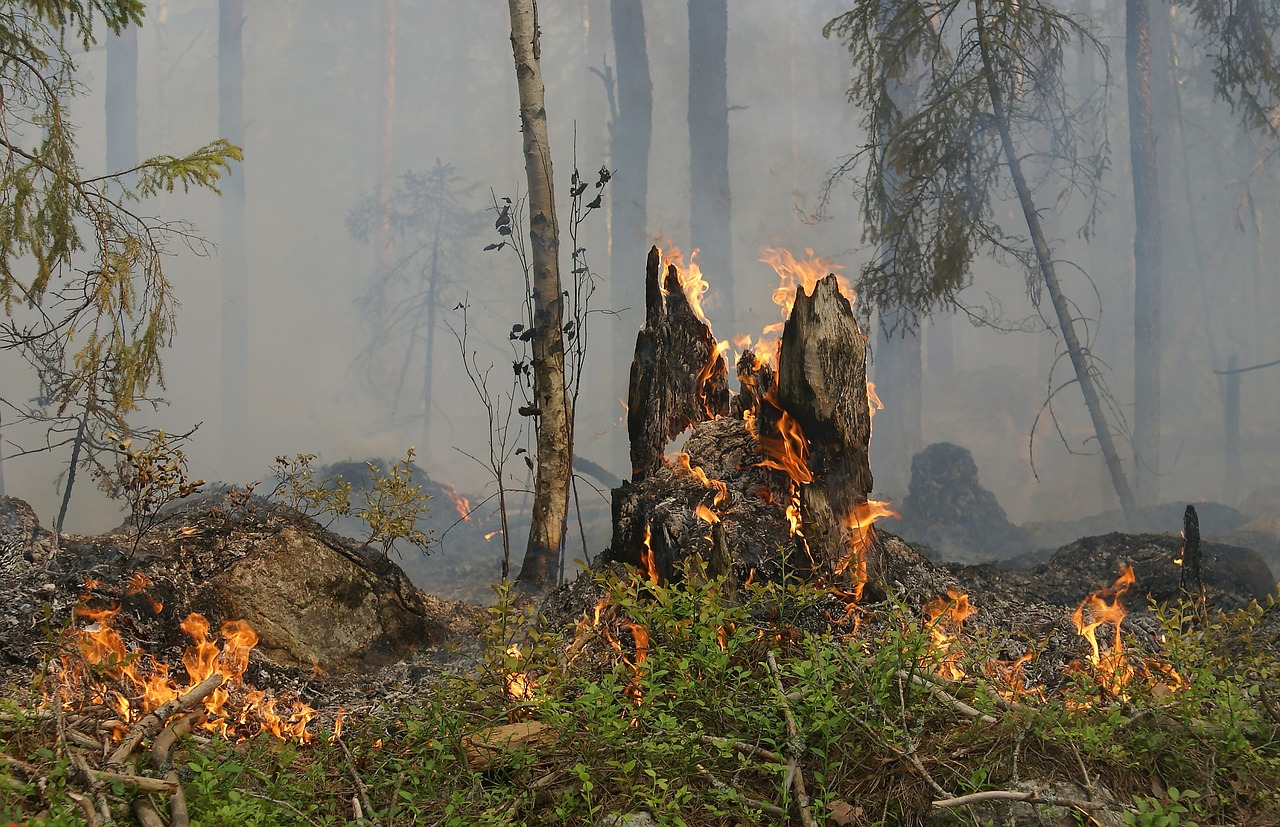
Climate Change Impacts
Climate change is not just a buzzword; it's a reality that is reshaping our planet in profound ways. As temperatures rise, habitats are undergoing significant transformations that directly affect the species that call them home. Imagine a cozy blanket that keeps you warm; now, imagine that blanket slowly being pulled away. That's what climate change is doing to ecosystems worldwide. It alters the delicate balance of life, causing shifts in species distribution and threatening their very survival.
One of the most alarming effects of climate change is the phenomenon of species migration. As the Earth warms, many species are forced to pack their bags and move to cooler areas. This migration can disrupt existing ecosystems, leading to competition for resources. For instance, when a species that thrives in cooler temperatures moves into a new area, it may outcompete native species for food and habitat, causing a ripple effect throughout the ecosystem. It's like inviting a new guest to a party who takes over the dance floor, leaving the regulars feeling pushed aside.
Additionally, habitat loss due to climate change is a pressing concern. The degradation of natural environments can lead to irreversible damage, threatening the survival of numerous species. Wetlands, forests, and coral reefs—each plays a vital role in maintaining biodiversity and supporting life. When these habitats are compromised, the consequences can be dire. For example, coral reefs, often referred to as the "rainforests of the sea," are particularly vulnerable. As ocean temperatures rise and water becomes more acidic, coral bleaching occurs, leading to the death of these vital ecosystems.
To illustrate the impacts of climate change on various habitats, consider the following table:
| Habitat Type | Impact of Climate Change | Species at Risk |
|---|---|---|
| Coral Reefs | Coral bleaching, loss of biodiversity | Clownfish, sea turtles |
| Tundra | Melting permafrost, changing vegetation | Polar bears, arctic foxes |
| Forests | Increased wildfires, pest outbreaks | Woodpeckers, red squirrels |
| Wetlands | Increased flooding, loss of habitat | Herons, amphibians |
As we can see, climate change impacts are not isolated events; they create a domino effect that can lead to the decline of entire ecosystems. Understanding these changes is crucial. It highlights the urgent need for climate action in conservation efforts. We must recognize that our actions today will determine the health of our ecosystems tomorrow. By addressing climate change, we are not just protecting individual species; we are safeguarding the intricate web of life that sustains us all.
- What are the main causes of climate change? Human activities, particularly the burning of fossil fuels and deforestation, are the primary drivers of climate change.
- How does climate change affect biodiversity? Climate change alters habitats, leading to shifts in species distribution, habitat loss, and increased competition for resources.
- What can individuals do to help combat climate change? Individuals can reduce their carbon footprint by using public transportation, conserving energy, and supporting sustainable practices.
- Why is biodiversity important? Biodiversity is crucial for ecosystem health, providing essential services such as clean air, water, and food security.
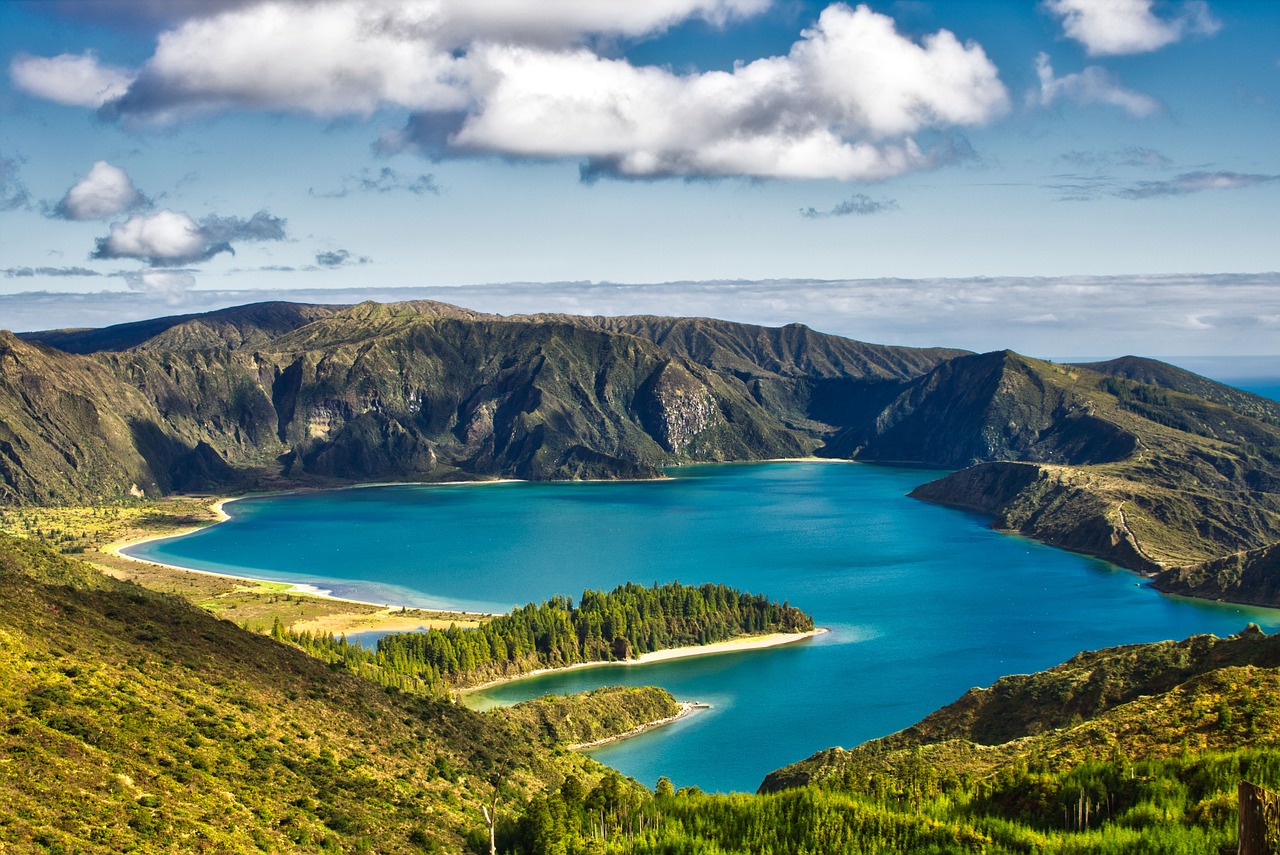
Species Migration
As our planet warms, the phenomenon of becomes increasingly prevalent, reshaping the natural world in ways we are only beginning to comprehend. Imagine a vast, intricate web of life, where each thread represents a species, all interconnected within their habitats. When the climate shifts, it’s as if someone gently pulls on one of those threads, causing a ripple effect that can disrupt the entire tapestry. Species that once thrived in specific regions are now finding themselves forced to relocate to cooler areas, often leading to unforeseen consequences.
Take, for instance, the majestic polar bears of the Arctic. As sea ice melts due to rising temperatures, these magnificent creatures are compelled to travel greater distances in search of food and suitable breeding grounds. This migration not only puts immense strain on their energy reserves but also increases competition with other predators. Similarly, many bird species are altering their migratory patterns, arriving at their breeding grounds earlier or later than usual, which can lead to mismatches in food availability and nesting success.
But why does this matter? The interconnectedness of ecosystems means that when one species migrates, it can lead to a cascading effect on others. For example, if a pollinator like the honeybee shifts its range, the plants that rely on it for reproduction may struggle to survive in their new locations. This disruption can lead to a decrease in plant diversity, affecting herbivores that depend on those plants, and so on up the food chain. The delicate balance that has evolved over millennia is now at risk.
Furthermore, the migration of species can introduce them to new environments where they may become invasive. These invaders can outcompete native species for resources, leading to further declines in biodiversity. To illustrate this point, consider the case of the Burmese python in the Florida Everglades. Originally from Southeast Asia, this snake has established a population in the U.S., preying on native species and causing significant ecological disruption.
In summary, species migration is not just a response to climate change; it is a complex issue that highlights the urgent need for conservation efforts. As we witness these shifts, we must ask ourselves: How can we mitigate the impacts of climate change on our ecosystems? What steps can we take to ensure that both species and their habitats can adapt to these changes? The answers lie in understanding the intricate relationships within our ecosystems and taking decisive action to protect them.
- What causes species migration? Species migration is primarily driven by changes in climate, including temperature shifts and alterations in habitat availability.
- How does migration affect ecosystems? Migration can disrupt existing ecosystems, leading to competition for resources, changes in food webs, and potential declines in biodiversity.
- What can be done to support migrating species? Conservation efforts, including habitat protection and restoration, along with community engagement, are crucial in supporting migrating species.
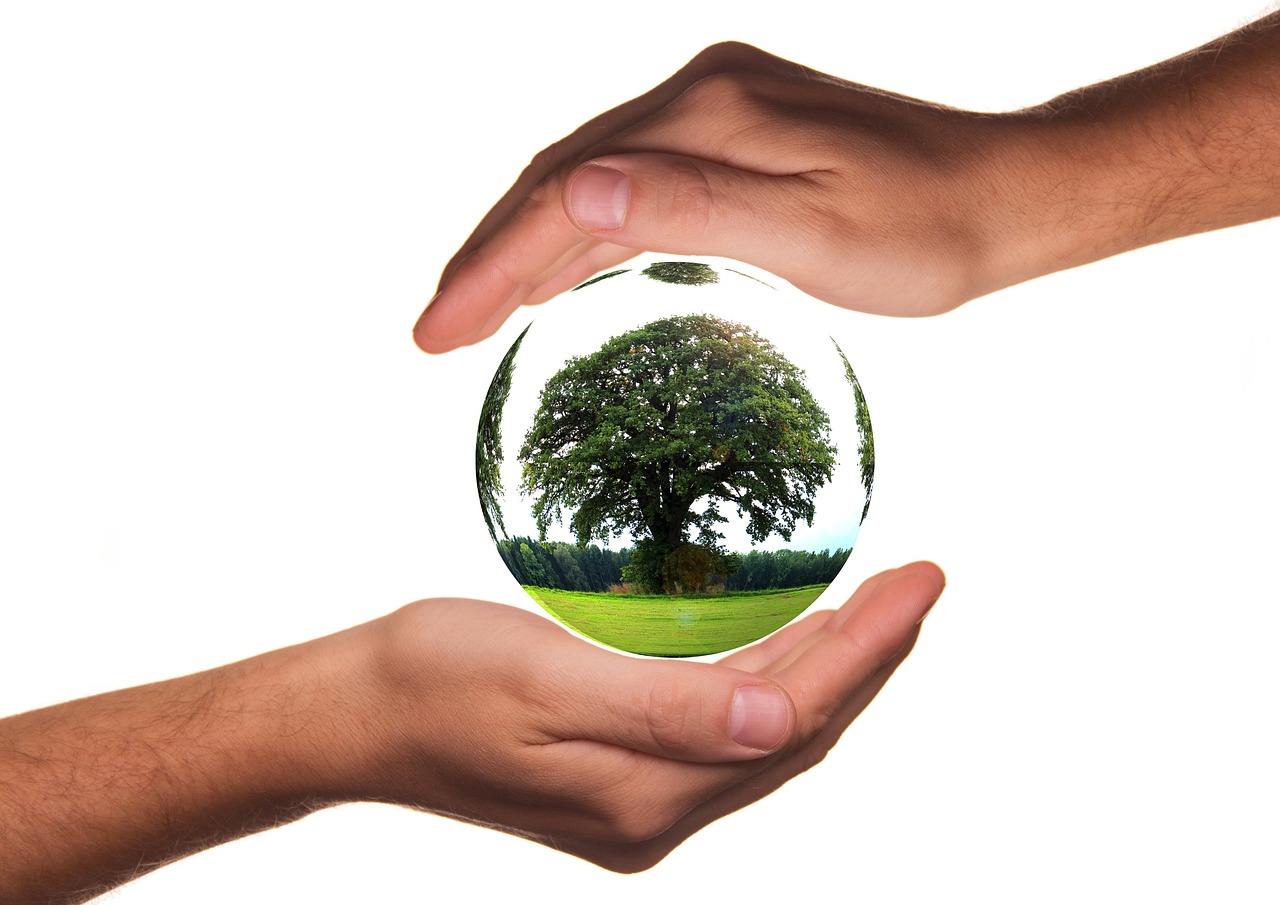
Habitat Loss
Habitat loss is one of the most pressing environmental issues we face today, and it’s a problem that’s not going away anytime soon. Imagine a world where the lush forests are replaced by barren land, where vibrant coral reefs fade into ghostly white skeletons, and where the melodious songs of birds are replaced by silence. This isn’t just a frightening scenario; it’s a reality that many species are currently facing due to human activities. The rapid expansion of urban areas, agriculture, and infrastructure development has led to the destruction of natural habitats at an alarming rate. According to recent studies, we are losing approximately 18 million acres of forests each year, which is equivalent to about 27 soccer fields every minute.
The consequences of habitat loss are dire. When species lose their homes, they often struggle to survive. Some may adapt to new conditions, but many cannot. This struggle can lead to a catastrophic decline in biodiversity. To illustrate, let’s consider the plight of the Amur leopard. With fewer than 100 individuals left in the wild, this magnificent creature is on the brink of extinction, primarily due to habitat loss caused by deforestation and human encroachment. The loss of habitats doesn’t just affect individual species; it disrupts entire ecosystems, leading to a domino effect that can alter food webs and ecological balances.
Moreover, habitat loss is often exacerbated by climate change, which can create additional stress on already vulnerable ecosystems. For example, rising temperatures and changing precipitation patterns may render previously suitable habitats uninhabitable for certain species, forcing them to migrate or face extinction. This migration can lead to overcrowding in remaining habitats, resulting in increased competition for resources such as food and shelter.
To combat habitat loss effectively, we must first understand its causes, which can be categorized into several key factors:
- Deforestation: The clearing of forests for timber, agriculture, and urban development.
- Urbanization: The expansion of cities and towns, which leads to the destruction of natural landscapes.
- Pollution: Contaminants that degrade the quality of habitats, making them unsuitable for wildlife.
- Climate Change: Alterations in climate patterns that affect the suitability of habitats for various species.
In conclusion, habitat loss is not just an environmental issue; it’s a humanitarian one. The health of our planet is intricately linked to the health of its ecosystems. By recognizing the importance of preserving these habitats, we can take actionable steps towards conservation and sustainability. Whether it’s through supporting reforestation efforts, advocating for sustainable land use policies, or simply making more eco-friendly choices in our daily lives, every little action counts. Remember, we are all part of this ecosystem, and it’s our responsibility to protect it.
1. What are the main causes of habitat loss?
The main causes include deforestation, urbanization, pollution, and climate change, which all contribute to the degradation of natural habitats.
2. How does habitat loss affect biodiversity?
Habitat loss leads to a decline in species populations, disrupts food webs, and can result in the extinction of vulnerable species, significantly reducing biodiversity.
3. What can individuals do to help combat habitat loss?
Individuals can support conservation organizations, participate in local clean-up efforts, reduce their carbon footprint, and advocate for sustainable practices in their communities.
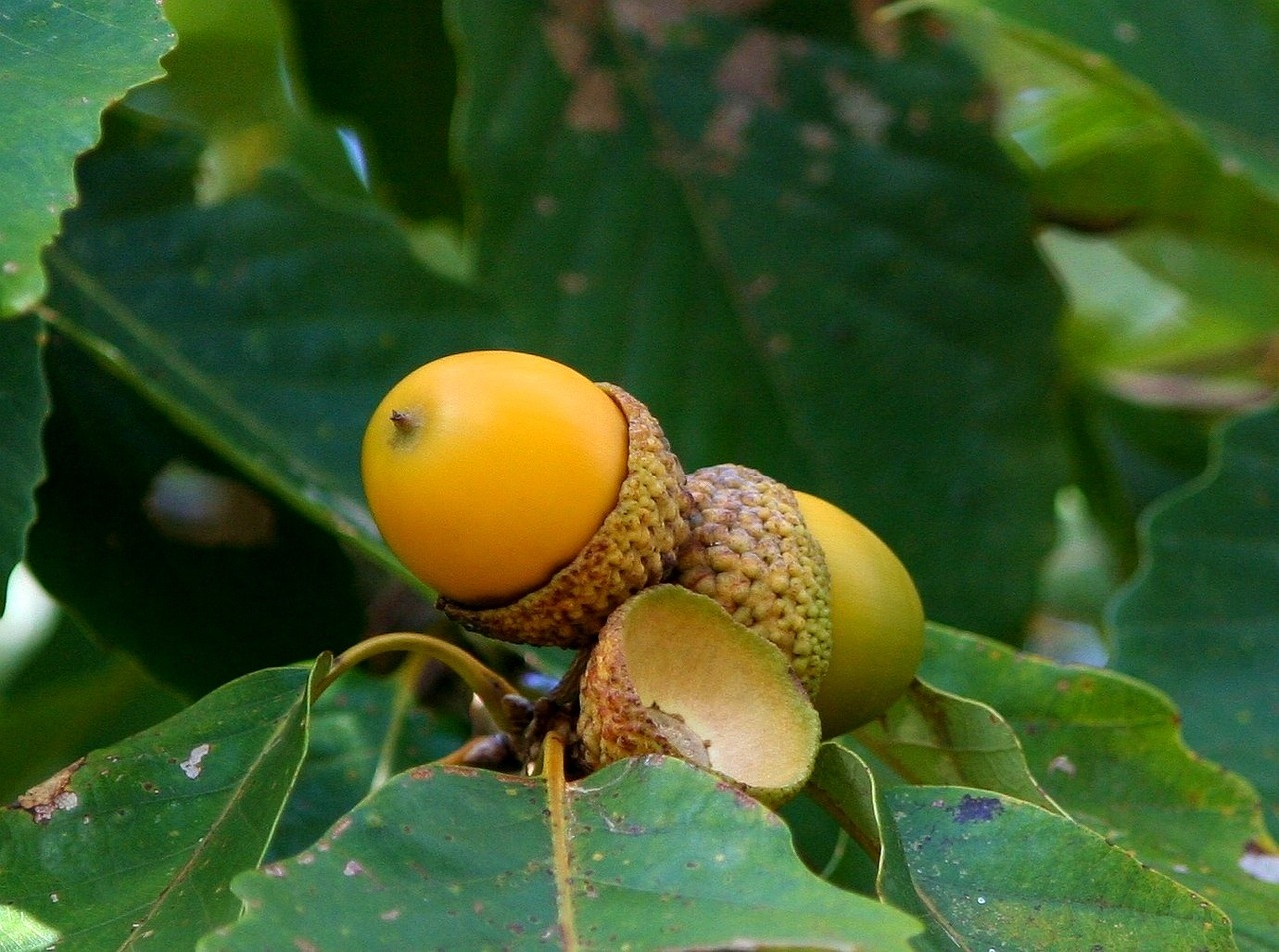
Pollution and Its Effects
Pollution is like an uninvited guest at a party—one that can ruin the entire atmosphere and leave a lasting impact. When we talk about pollution, we're not just referring to the visible litter on our streets or the smog that clouds our cities; we're diving into a complex web of chemicals, waste, and environmental degradation that severely impacts our habitats and the species that depend on them. From the air we breathe to the water we drink, pollution infiltrates every corner of our ecosystems, often with devastating consequences.
One of the most alarming aspects of pollution is its ability to disrupt the delicate balance of ecosystems. For instance, when plastics enter our oceans, they don't just float around aimlessly; they break down into microplastics that are ingested by marine life. This can lead to a cascade of effects, including diminished reproductive rates in fish and the potential for toxic substances to enter the human food chain. It's a chain reaction that highlights how interconnected our world truly is.
Moreover, chemical pollutants such as pesticides and heavy metals can accumulate in the soil and water, leading to bioaccumulation in various species. This not only affects the health of individual animals but can also disrupt entire food webs. For example, when birds consume contaminated insects, they may suffer from reduced fertility or increased mortality rates. This is why understanding the effects of pollution is critical in our fight for conservation.
Let's take a closer look at some specific types of pollution and their impacts:
- Plastic Pollution: Over 300 million tons of plastic are produced globally each year, and a significant portion ends up in our oceans. This not only harms marine life but also affects human health through the seafood we consume.
- Chemical Pollution: Pesticides and fertilizers, while useful in agriculture, can runoff into waterways, leading to algal blooms that deplete oxygen levels and create dead zones where aquatic life cannot survive.
- Air Pollution: Emissions from vehicles and industries release harmful pollutants that can lead to respiratory diseases in humans and animals alike, and contribute to climate change.
To illustrate the severity of pollution, consider the following table that summarizes the impact of different pollutants on various ecosystems:
| Type of Pollution | Impact on Ecosystem | Species Affected |
|---|---|---|
| Plastic Pollution | Ingestion by marine life, habitat degradation | Fish, seabirds, marine mammals |
| Chemical Pollution | Water contamination, soil degradation | Amphibians, insects, plants |
| Air Pollution | Respiratory issues, climate change | Humans, birds, mammals |
Addressing pollution is not just about cleaning up our parks and rivers; it requires a comprehensive approach that includes policy changes, community engagement, and innovative technologies. By reducing our reliance on single-use plastics, advocating for stricter regulations on industrial emissions, and supporting sustainable agricultural practices, we can begin to heal our ecosystems. It's a monumental task, but every small step counts. Remember, we are all part of this ecosystem, and protecting it is not just a responsibility—it's our duty.
Q: What are the main sources of pollution affecting ecosystems?
A: Major sources include industrial emissions, agricultural runoff, plastic waste, and urban development. Each of these contributes to the degradation of natural habitats and the species that inhabit them.
Q: How can individuals help reduce pollution?
A: Individuals can reduce pollution by minimizing plastic use, participating in local clean-up efforts, advocating for sustainable practices in their communities, and supporting policies aimed at reducing emissions.
Q: What is the impact of pollution on human health?
A: Pollution can lead to a range of health issues, including respiratory diseases, cardiovascular problems, and even neurological disorders. Protecting ecosystems ultimately protects human health as well.
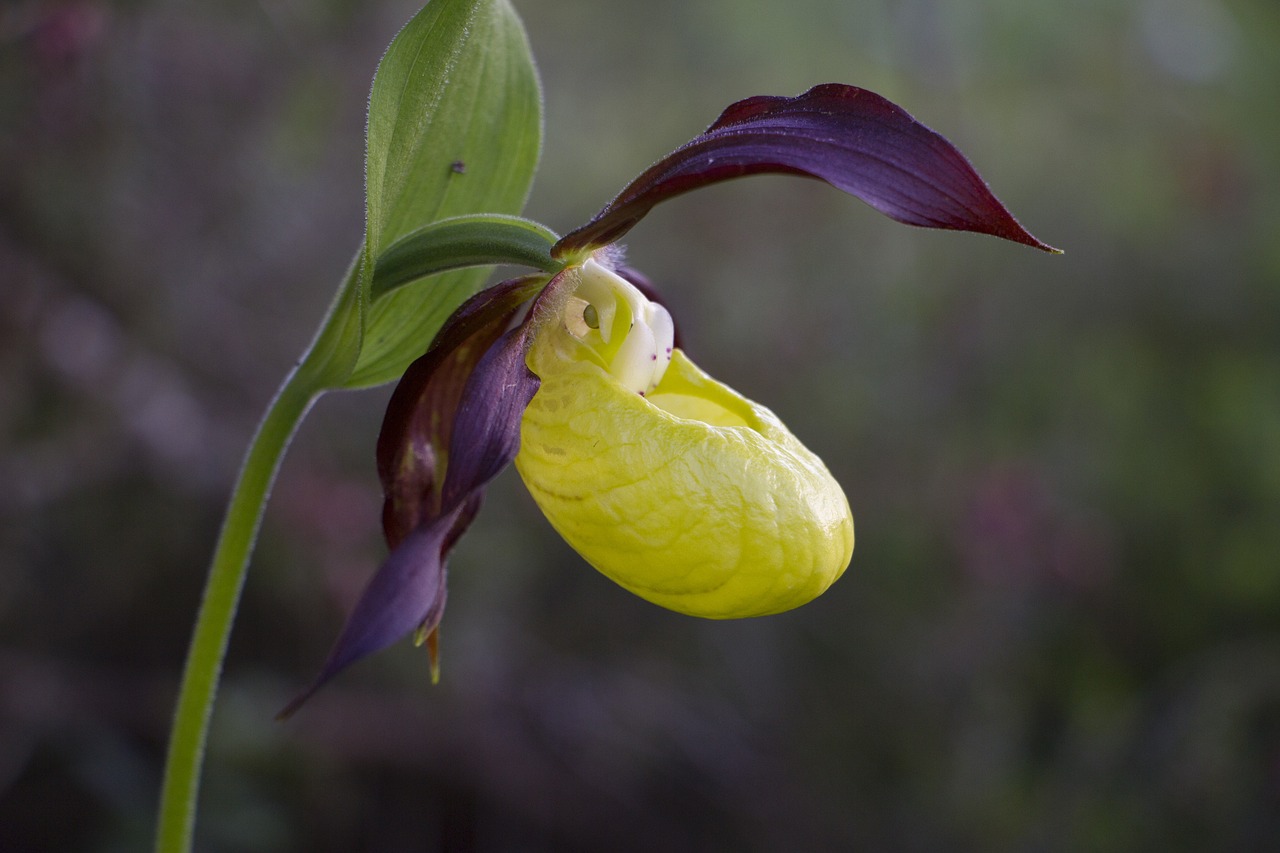
Conservation Strategies
When it comes to preserving our precious habitats and the myriad species that depend on them, implementing effective is not just important—it's absolutely essential. Imagine a beautiful tapestry where each thread represents a different species, ecosystem, or element of nature. If we start pulling out threads, the entire tapestry begins to unravel. This is why we must focus on both protecting existing habitats and restoring those that have been degraded. One of the most effective ways to achieve this is through the establishment of protected areas.
Protected areas serve as sanctuaries for vulnerable species, allowing them to thrive in a safe environment free from the pressures of human encroachment. These regions can range from national parks to wildlife reserves, each designed to safeguard biodiversity. According to the International Union for Conservation of Nature (IUCN), protected areas cover approximately 15% of the Earth's land surface and 7% of the oceans, but that still isn't enough. We need to expand these areas and ensure they are effectively managed. The table below illustrates the different types of protected areas and their characteristics:
| Type of Protected Area | Description | Example |
|---|---|---|
| National Parks | Protected areas established for conservation and public enjoyment. | Yellowstone National Park, USA |
| Wildlife Reserves | Areas specifically designated for the protection of wildlife. | Sundarbans Reserve Forest, India/Bangladesh |
| Marine Protected Areas | Sections of oceans or seas set aside to protect marine life. | Great Barrier Reef Marine Park, Australia |
But it's not just about creating these protected spaces; we also need to engage local communities in conservation efforts. When communities are involved, they become stewards of their environment, fostering a sense of ownership and responsibility. This is where the magic happens! Local knowledge combined with scientific research can lead to innovative solutions for habitat preservation. For instance, community-led initiatives in areas like agroforestry and sustainable fishing practices have shown remarkable success in maintaining biodiversity while also supporting local economies.
Another critical strategy involves restoration ecology, which focuses on rehabilitating degraded ecosystems. Think of it as giving nature a helping hand. By restoring native vegetation, cleaning up polluted areas, and reintroducing native species, we can help ecosystems bounce back from the brink of collapse. This is not just a theoretical exercise; numerous case studies have demonstrated the positive impacts of restoration on both biodiversity and ecosystem services.
In addition to these strategies, public education and awareness are vital. The more people understand the importance of biodiversity and the threats it faces, the more likely they are to take action. Schools, community organizations, and media campaigns can all play a role in spreading the word about conservation and encouraging sustainable practices. Imagine a world where every individual feels empowered to contribute to conservation efforts—what a powerful force that would be!
Finally, we must advocate for sustainable policies at local, national, and international levels. This includes enforcing environmental laws, promoting sustainable land use, and investing in green technologies. Policymakers need to recognize that a healthy environment is not just a luxury but a necessity for human survival. By prioritizing conservation in our policies, we can create a future where both people and nature thrive together.
- What are protected areas? Protected areas are designated regions that are managed to conserve biodiversity and provide a safe habitat for wildlife.
- How can I get involved in conservation efforts? You can participate in local conservation projects, volunteer with environmental organizations, or simply adopt sustainable practices in your daily life.
- Why is community involvement important in conservation? Engaging local communities ensures that conservation efforts are sustainable and culturally appropriate, leading to better outcomes for both people and nature.
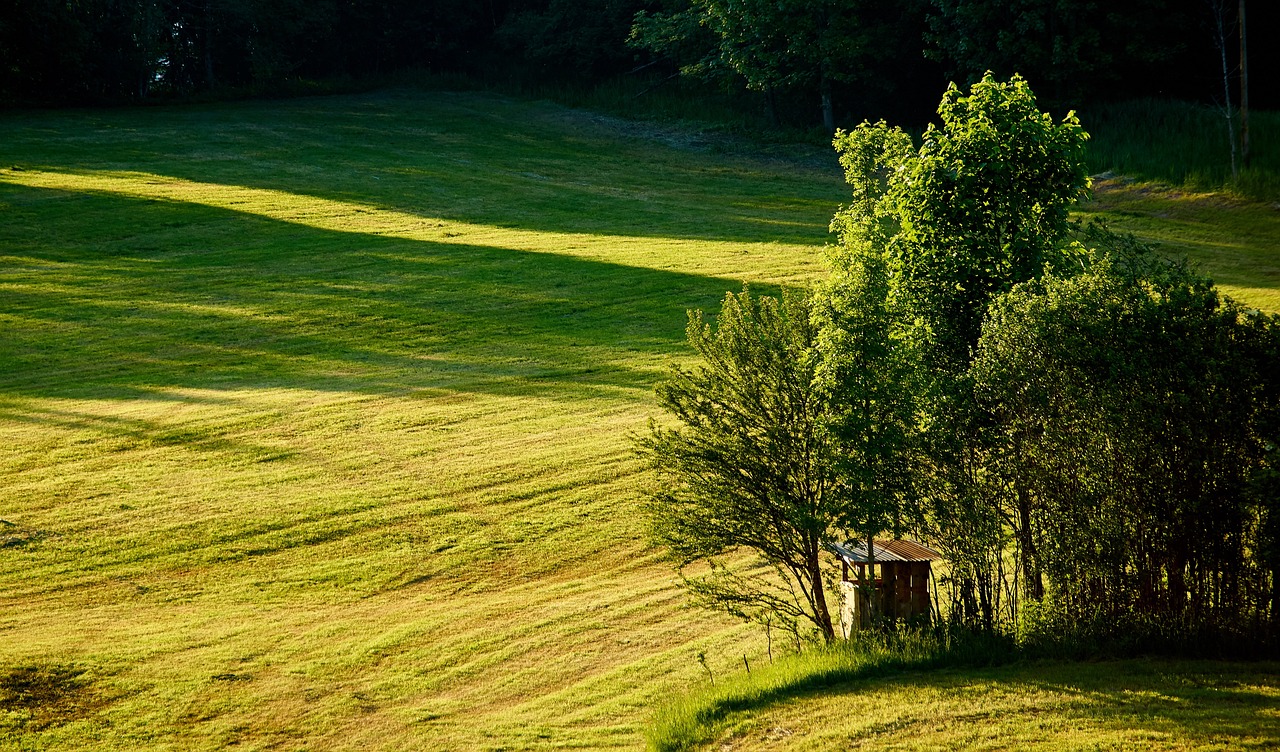
Protected Areas
Establishing is a cornerstone in the effort to conserve habitats and ensure the survival of countless species. These designated regions serve as sanctuaries, where ecosystems can thrive without the immediate pressures of human activity. Imagine a vibrant forest, untouched by logging or urban sprawl, where flora and fauna can flourish in harmony. This is the essence of a protected area—a refuge that allows nature to take its course and maintain its delicate balance.
Protected areas come in various forms, including national parks, wildlife reserves, and marine protected areas. Each type plays a crucial role in preserving biodiversity and protecting endangered species. For instance, national parks not only provide a habitat for wildlife but also offer recreational opportunities for humans, fostering a connection between people and nature. On the other hand, marine protected areas focus on safeguarding ocean ecosystems, which are vital for global health and biodiversity.
One of the most compelling reasons to establish protected areas is their ability to act as a buffer against environmental threats. These regions help mitigate the impacts of climate change, pollution, and habitat destruction. By providing a safe space for species to adapt and evolve, protected areas enhance ecosystem resilience. For example, studies have shown that areas with strong protection measures can recover more quickly from disturbances, such as wildfires or invasive species. This resilience is crucial as we face an increasingly uncertain future.
However, simply declaring an area protected is not enough. Effective management is essential to ensure these regions fulfill their intended purpose. This includes monitoring wildlife populations, controlling invasive species, and engaging in habitat restoration efforts. Moreover, community involvement is paramount. When local communities are actively engaged in the management of protected areas, they are more likely to support conservation initiatives and adopt sustainable practices. This collaborative approach not only enhances the effectiveness of conservation efforts but also helps build a sense of ownership among community members.
In addition to their ecological benefits, protected areas also contribute to the economy. They attract tourists, providing a source of income for local communities while promoting awareness of environmental issues. The revenue generated from ecotourism can be reinvested in conservation projects, creating a positive feedback loop that benefits both nature and people. It's a win-win situation where conservation becomes a viable economic strategy.
To illustrate the impact of protected areas, consider the following table that highlights some key statistics:
| Protected Area Type | Global Coverage (%) | Key Benefits |
|---|---|---|
| National Parks | 12.9% | Wildlife habitat, recreation, education |
| Marine Protected Areas | 7.5% | Fish population recovery, biodiversity preservation |
| Wildlife Reserves | 3.2% | Endangered species protection, ecosystem services |
In conclusion, protected areas are not just patches of land set aside for conservation; they are vital lifelines for our planet's biodiversity. They provide safe havens for species, help mitigate climate change impacts, and foster economic opportunities through ecotourism. However, the success of these areas hinges on effective management and community involvement. As we move forward, it's imperative to recognize the importance of protected areas and advocate for their preservation and expansion.
- What is a protected area? A protected area is a designated region that is managed for the conservation of nature and biodiversity, often restricting human activities that could harm the ecosystem.
- How do protected areas benefit local communities? Protected areas can boost local economies through ecotourism, provide jobs, and promote sustainable practices that benefit both the environment and the community.
- Can protected areas help combat climate change? Yes, by preserving ecosystems and biodiversity, protected areas can enhance resilience against climate change and help mitigate its impacts.
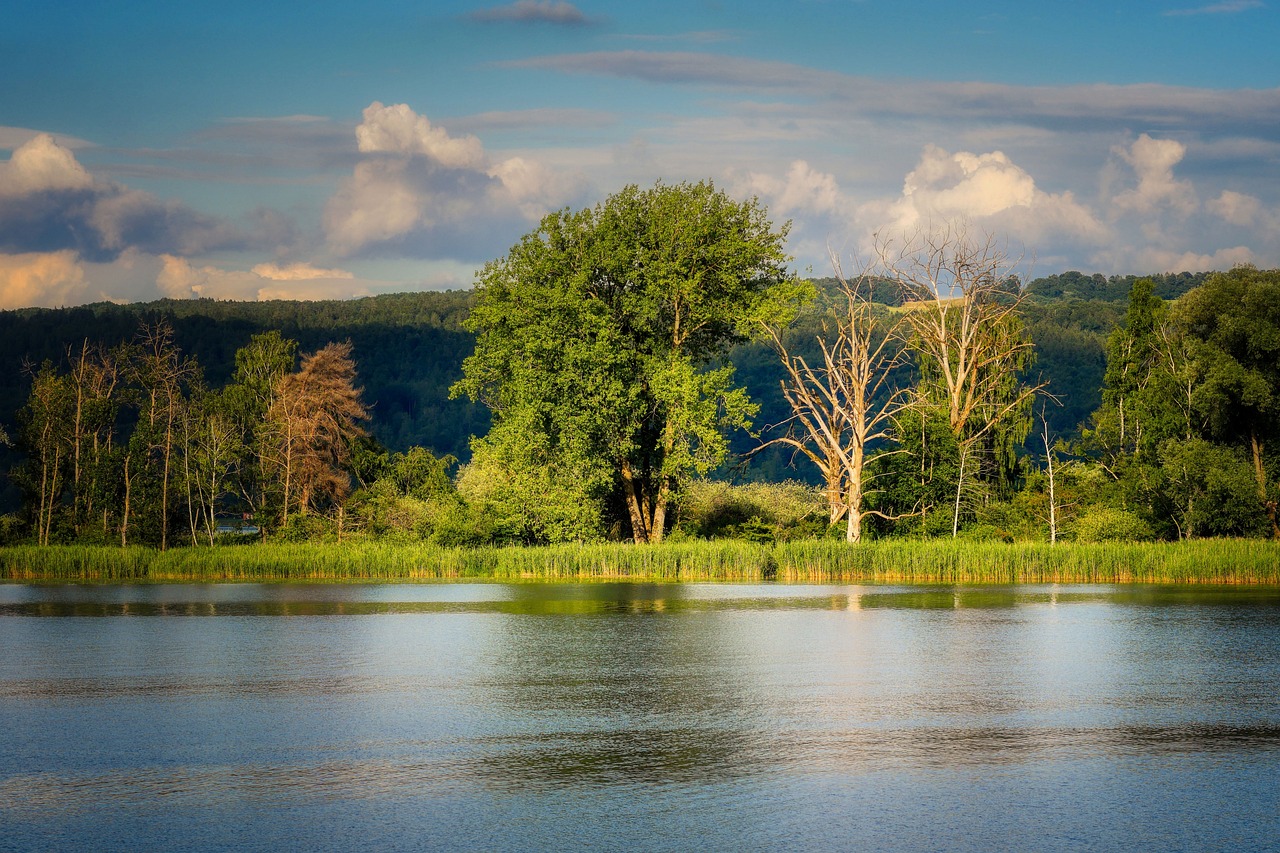
Community Involvement
Community involvement is not just a buzzword; it’s a crucial element in the fight for habitat conservation and species protection. When local communities engage in conservation efforts, they become the frontline defenders of their ecosystems, ensuring that these natural treasures are preserved for future generations. Imagine a small village nestled next to a beautiful forest. The residents understand the value of their surroundings—not just for their livelihoods but for the health of the planet. By participating in conservation initiatives, they can directly influence the preservation of their environment.
One effective way to foster community involvement is through education. When people understand the importance of biodiversity and the role of ecosystems, they are more likely to take action. This could involve workshops, school programs, or community meetings that emphasize how local ecosystems function and why they need protection. For instance, educating fishermen about sustainable practices can lead to healthier fish populations and better long-term yields. Similarly, farmers can learn about organic farming techniques that benefit both their crops and the surrounding wildlife.
Moreover, community-driven conservation projects can be incredibly impactful. These initiatives often involve local residents in hands-on activities, such as tree planting, habitat restoration, and wildlife monitoring. Not only do these projects enhance the natural environment, but they also create a sense of ownership and pride among participants. When people feel connected to their land, they are more likely to protect it. For example, a group of volunteers might come together to clean up a local river, removing plastic waste and pollutants that threaten aquatic life. This collective effort not only improves the environment but also strengthens community bonds.
Involving local communities also means recognizing and integrating traditional ecological knowledge. Indigenous and local populations often have a deep understanding of their environment, having lived in harmony with it for generations. By valuing this knowledge and incorporating it into conservation strategies, we can develop more effective and culturally relevant approaches. For instance, some communities practice rotational grazing or controlled burns, methods that have been shown to enhance biodiversity and ecosystem health.
Ultimately, the success of conservation efforts hinges on collaboration. Governments, NGOs, and community members must work together, pooling resources and knowledge to create sustainable solutions. This collaborative approach not only maximizes the impact of conservation initiatives but also ensures that the needs and voices of local people are heard. When communities feel empowered and valued, they are more likely to champion conservation efforts, leading to a healthier planet for all.
- Why is community involvement important in conservation?
Community involvement fosters a sense of ownership and responsibility, making locals more likely to protect their environment. - How can communities participate in conservation efforts?
Communities can engage through education, volunteering for local projects, and integrating traditional ecological knowledge into conservation strategies. - What role do local governments play in supporting community involvement?
Local governments can provide resources, facilitate partnerships, and create policies that encourage community-driven conservation initiatives.
Frequently Asked Questions
- What are ecosystems and why are they important?
Ecosystems are communities of living organisms interacting with their physical environment. They play a crucial role in providing essential services like clean air, water, and pollination. Without healthy ecosystems, the balance of nature is disrupted, leading to consequences that can affect everything from climate to food security.
- What are the main threats to habitats?
Human activities such as deforestation, pollution, and urbanization pose significant threats to natural habitats. These actions not only destroy the homes of countless species but also disrupt the delicate balance of ecosystems, leading to biodiversity loss and environmental degradation.
- How does climate change affect species and their habitats?
Climate change alters habitats by changing temperature and precipitation patterns, which can force species to migrate or adapt. This shift can lead to competition for resources and even extinction for those unable to cope with the changes. Understanding these impacts is vital for effective conservation strategies.
- What role does pollution play in habitat destruction?
Pollution, including plastic waste and harmful chemicals, severely impacts habitats by contaminating soil and water, harming wildlife, and disrupting ecological processes. Addressing pollution is essential for restoring ecosystem health and ensuring the survival of various species.
- What are protected areas and how do they help?
Protected areas are designated regions that offer refuge to vulnerable species and help maintain biodiversity. By restricting human activities in these zones, we can provide safe havens for wildlife and promote the recovery of endangered species, ultimately supporting the health of entire ecosystems.
- How can local communities contribute to conservation efforts?
Engaging local communities in conservation fosters a sense of stewardship and encourages sustainable practices. When communities are involved in protecting their natural resources, they are more likely to support and maintain conservation initiatives, leading to long-term success in habitat preservation.



















